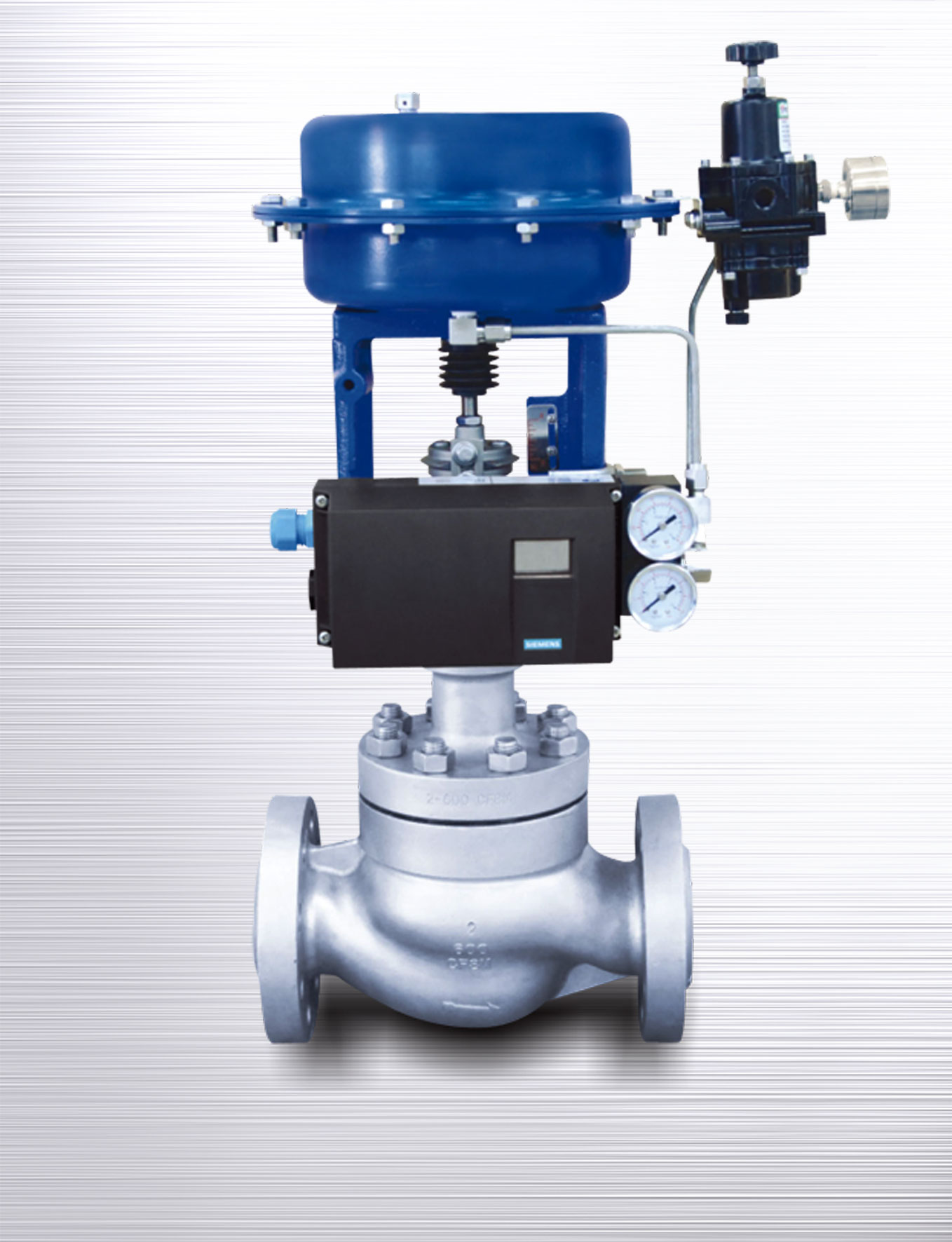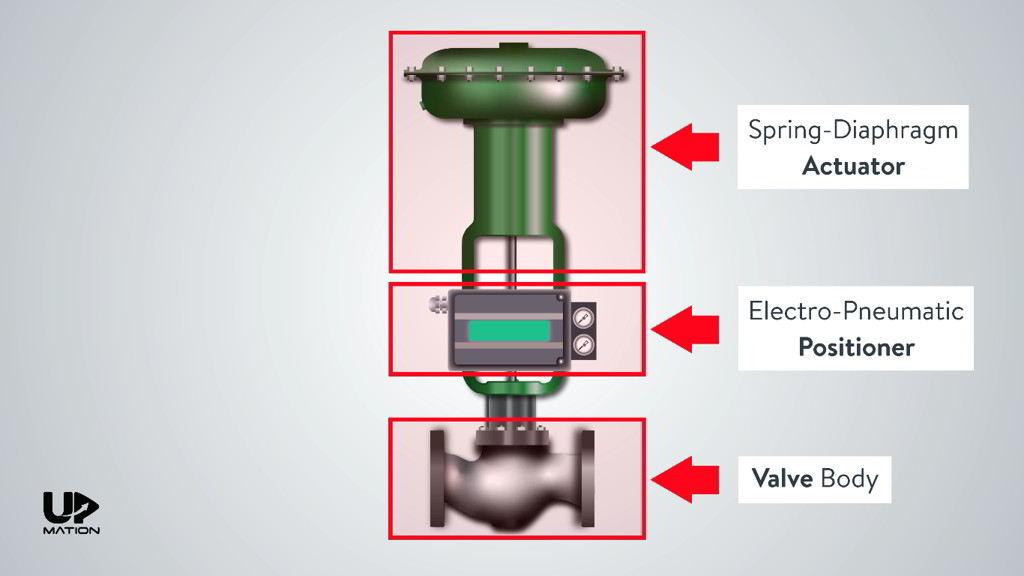Important Factors to Consider When Choosing Control Valves
Important Factors to Consider When Choosing Control Valves
Blog Article

Maximize Energy Cost Savings and Comfort With Advanced Building Automation Controls
In the world of contemporary architecture and facility monitoring, the combination of sophisticated structure automation controls stands as an essential improvement. By harnessing the power of automation, buildings can adapt, react, and progress in ways that were as soon as unthinkable.
Energy Effectiveness Perks
Power effectiveness advantages can significantly decrease energy intake and functional costs in buildings. By executing energy-efficient methods and modern technologies, building owners and operators can accomplish substantial financial savings while additionally adding to ecological sustainability. Among the main advantages of boosting energy performance in structures is the reduction of energy costs. Energy-efficient systems, such as advanced building automation controls, can optimize making use of sources like illumination, cooling, and home heating, bring about reduced energy expenses over time.
Moreover, improved power performance can lengthen the life expectancy of building equipment and systems. By running extra successfully, cooling and heating systems, lighting fixture, and various other structure components experience much less deterioration, causing reduced maintenance and substitute costs. Furthermore, energy-efficient structures typically regulate higher home worths and rental rates, offering long-term economic advantages to proprietors.
In addition, power effectiveness can enhance owner comfort and efficiency. Effectively controlled interior settings with optimum illumination and thermal conditions develop an even more enjoyable and helpful work area, leading to improved worker fulfillment and efficiency. In general, the power effectiveness benefits related to sophisticated building automation controls are complex, including expense financial savings, environmental stewardship, and passenger health.
Enhanced Convenience Control
Enhancing comfort control in structure atmospheres requires a sophisticated assimilation of sophisticated automation systems for ideal occupant health. By making use of sophisticated building automation controls, centers can tailor the indoor environment to meet the certain needs and choices of residents. control valves.
By including these advanced controls, structures can not only enhance comfort however additionally improve energy efficiency by enhancing system operations based on actual tenancy and use patterns. Ultimately, prioritizing resident convenience via advanced automation systems leads to an extra pleasurable and much healthier interior environment.
Operational Effectiveness Improvements

Additionally, the application of real-time monitoring and analytics tools enables building drivers to recognize energy inadequacies and functional anomalies promptly. By continually keeping track of energy use patterns and system performance metrics, changes can be made in real-time to maximize power consumption and ensure peak functional effectiveness. control valves. Furthermore, incorporating need reaction techniques into building automation controls can even more enhance functional effectiveness by dynamically readjusting energy usage based upon grid problems and prices signals
Indoor Climate Optimization
Effective interior climate optimization is a fundamental aspect of building automation controls, making certain occupants' convenience and wellness while optimizing power cost savings. By using innovative sensors and controls, developing automation systems can constantly keep track of and change temperature, humidity levels, air high quality, and air flow to develop an optimum interior setting. Maintaining comfy and constant conditions not only enhances resident contentment but also increases efficiency and general health.
Interior environment optimization additionally plays an important function in energy effectiveness. By fine-tuning cooling, heating, and air flow systems based upon real-time information and occupancy patterns, developing automation controls can significantly decrease energy intake - control valves. Implementing strategies such as demand-controlled air flow and thermal zoning can assist decrease power waste while making certain that each area of the building gets the essential conditioning.

Sustainable Setting Development
Structure automation manages not just get redirected here enhance interior climate problems for energy performance and passenger convenience however additionally lay the structure for creating a lasting atmosphere through critical monitoring of resources and systems. By integrating innovative building automation innovations, such as sensors, actuators, and intelligent software application, facilities can readjust and check energy usage in real-time to decrease waste and minimize their carbon footprint. These systems enable anticipating maintenance, identifying prospective concerns prior to they escalate and optimizing equipment performance to improve long life and performance.
Furthermore, lasting setting production extends beyond energy administration to incorporate water conservation, waste reduction, and indoor air high quality enhancement. Structure automation controls can manage water use, spot leaks, and make certain proper waste disposal practices, adding to total sustainability initiatives. In addition, by managing and keeping an eye on air flow and purification systems, these modern technologies boost occupant health and wellness and performance while lowering power intake connected with heating and cooling operations.
Final Thought
Finally, progressed structure automation regulates deal significant benefits in terms of visit their website power savings, convenience control, operational effectiveness, interior environment optimization, and creating a sustainable atmosphere. By implementing these controls, buildings can accomplish optimal efficiency while decreasing power intake and enhancing occupant comfort. It is evident that making use of advanced automation modern technology is vital in boosting structure efficiency and developing an extra lasting future.
Energy performance advantages can dramatically lower power intake and functional costs in structures. Overall, the energy effectiveness benefits associated with innovative building automation controls are complex, including cost financial savings, environmental stewardship, and owner wellness.
In addition, incorporating demand reaction approaches into building automation controls can better enhance functional performance by dynamically changing power use based on grid conditions and rates signals.
Building automation controls not only enhance interior environment problems for power performance and occupant comfort but also lay the foundation for developing a lasting setting via critical management of resources and systems.In conclusion, progressed structure automation regulates deal significant benefits in terms of energy cost savings, convenience control, functional performance, interior environment optimization, and producing a lasting environment.
Report this page